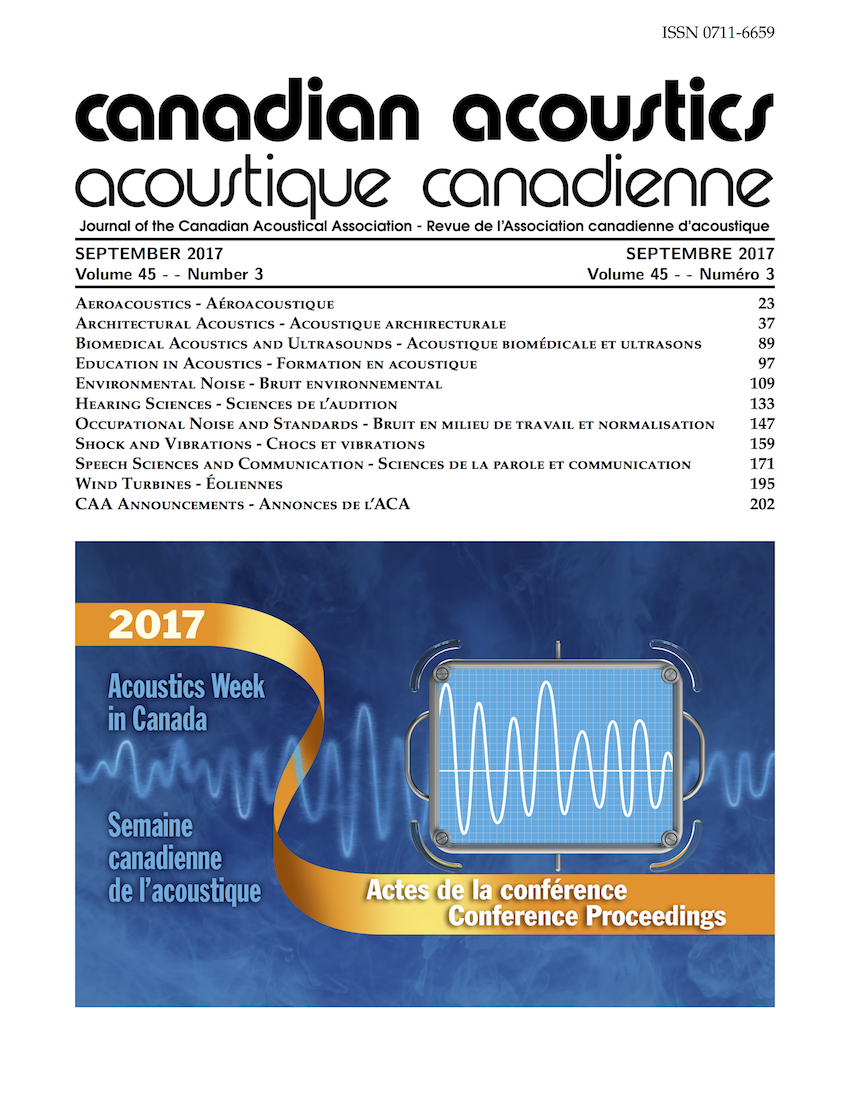Case Study: Comparing Measured and Finite Element Modelled Footfall Vibration Levels in a New Research Building
Résumé
Occupant footfalls are often the most critical source of floor vibration on the elevated floors of buildings. In research facilities employing high resolution electron microscopes, this issue can be critical. Modifications to reduce vibration impacts in completed buildings typically require major changes to the mass, stiffness or damping of the floor system. As such, vibration impacts on sensitive equipment need to be addressed during the design stage. There are various methods available for predicting vibration levels from footfalls. The Finite Element (FE) approach presented in The Steel Construction Institute (SCI) P354 and The Concrete Centre (CCIP) 016 methodologies, which considers the interaction of many modes, is generally accepted to be more accurate than other methodologies that rely on simple beam theory. A case study is presented where measurements were performed on bare concrete floors, prior to completion of the Brimacombe Building addition at the University of British Columbia. The facility requires a low vibration environment to support world leading quantum materials research. The measured vibration levels are compared with the values predicted by the SCI P354 and CCIP 016 methodologies to assess the accuracy of the prediction methodology in the absence of damping inherent in completed buildings.
Fichiers supplémentaires
Publié-e
Comment citer
Numéro
Rubrique
Licence
Author Licensing Addendum
This Licensing Addendum ("Addendum") is entered into between the undersigned Author(s) and Canadian Acoustics journal published by the Canadian Acoustical Association (hereinafter referred to as the "Publisher"). The Author(s) and the Publisher agree as follows:
-
Retained Rights: The Author(s) retain(s) the following rights:
- The right to reproduce, distribute, and publicly display the Work on the Author's personal website or the website of the Author's institution.
- The right to use the Work in the Author's teaching activities and presentations.
- The right to include the Work in a compilation for the Author's personal use, not for sale.
-
Grant of License: The Author(s) grant(s) to the Publisher a worldwide exclusive license to publish, reproduce, distribute, and display the Work in Canadian Acoustics and any other formats and media deemed appropriate by the Publisher.
-
Attribution: The Publisher agrees to include proper attribution to the Author(s) in all publications and reproductions of the Work.
-
No Conflict: This Addendum is intended to be in harmony with, and not in conflict with, the terms and conditions of the original agreement entered into between the Author(s) and the Publisher.
-
Copyright Clause: Copyright on articles is held by the Author(s). The corresponding Author has the right to grant on behalf of all Authors and does grant on behalf of all Authors, a worldwide exclusive license to the Publisher and its licensees in perpetuity, in all forms, formats, and media (whether known now or created in the future), including but not limited to the rights to publish, reproduce, distribute, display, store, translate, create adaptations, reprints, include within collections, and create summaries, extracts, and/or abstracts of the Contribution.


